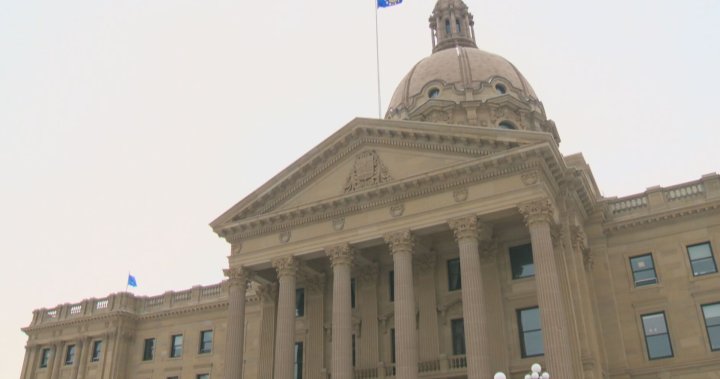The increasing rate of natural disasters like wildfires, frigid cold and hurricanes is leaving many Canadians and their insurers forking out billions of dollars, according to a new study from Statistics Canada.
From 1983 to 2008, insurance companies in the country spent about $400 million on average annually on catastrophic claims, but since 2009 that number has rise to almost $2 billion. Recent hurricanes, floods and historical wildfires saw that number balloon to $3.4 billion in 2022 and $3.1 billion last year — 50 per cent more than the yearly average.
“Insurance rates are always going to be reflective of the current condition of the market and the kind of claims being paid out on a year-to-year basis,” Rates.ca insurance expert Daniel Ivans said. “As average claims begin to increase, as payouts increase, insurance premiums will match that.”
With more claims, the study by StatCan notes that insurers are in turn facing more risk with reinsurance rates — effectively insurance for the companies — trending upwards by as much as 25 to 70 per cent. This allows insurers to avoid taking on 100 per cent of the risk and even avoid insolvency, but with ongoing disasters, the study notes it’s becoming more costly for the companies to manage their risks.
Meanwhile, consumers are left with higher insurance premiums. The study found the homeowners’ insurance Consumer Price Index “largely outpaced all-items inflation” since 2020.
“Homeowner insurance premiums have gone up specifically because insurers have paid more and more for natural disaster losses,” University of Calgary risk management professor Anne Kleffner said.
The email you need for the day’s
top news stories from Canada and around the world.
In addition to extreme weather, the study points out costs associated with replacement such as lumber, also rose significantly during this period.
“The coupled effect has made it more costly for all participants — reinsurers, insurers and consumers — to manage risk,” the study notes.
But Kleffner notes there are things that can be done in order to reduce the risk to homeowners, such as moving away combustible materials from the home to prevent wildfires.
Intact Centre on Climate Adaptation’s Blair Feltmate told Global News with residential basement flooding being one of the biggest drivers of insurance claims, cleaning out rain gutters and having a sump pump in your home can also limit some risk.
Though he cautions Canadians will need to continue taking precautions because extreme weather events are unlikely to stop anytime soon.
“Extreme weather events are going to get more extreme going forward,” he said. “So we should be moving very, very rapidly to better protect communities and homes from flooding, wildfire and extreme heat.”
That added protection is why Kleffner said Canadians should ensure they know what insurance they have in place because it could help in the long run.
“The more informed people are, the better off they are to make smart decisions about erducing their risk to property and also having the right insurance,” she said.
© 2024 Global News, a division of Corus Entertainment Inc.




